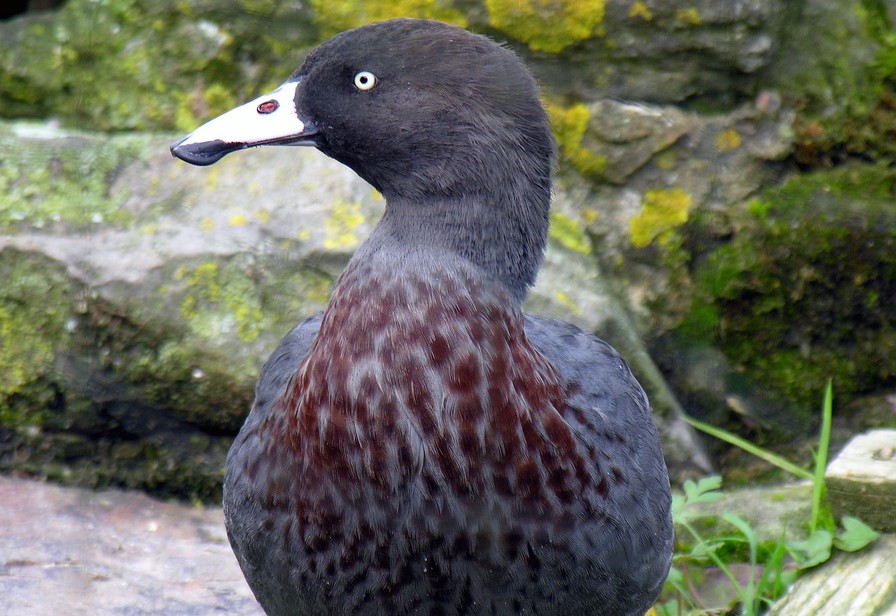They used to be extinct from Taranaki Maunga, but a family of six whio surfing down rapids in the upper Whaiwhakaiho River are a good reminder as to why rural predator control is so vital.

Whio blue duck
The native blue ducks were classed as “functionally extinct” from the Maunga in 1945, due to introduced predators - stoats are whio’s number one predator.
However, a video captured by Taranaki Regional Council this month shows the whio population is gradually increasing due to intensive predator control.
Video of whio surfing down the Whaiwhakaiho River
As the whio population increases and spills out of Egmont National Park then landscape-scale predator control by rural residents, as part of Towards Predator-Free Taranaki, will be critical to protecting this endangered species and others.
This will complement extensive predator control in the national park by the Department of Conservation, Taranaki Mounga, an ecological restoration project, and Taranaki Regional Council, which are all working together as part of Towards Predator-Free Taranaki.
More about rural predator control, as part of Towards Predator-Free Taranaki: https://www.trc.govt.nz/towards-predator-free-taranaki-rural/